Sweden is a country that still retains many farming and religious traditions, and has many folk festivals. Below, we would like to introduce some more Swedish folk festivals.
![Folk festivals in Sweden [Part III] Lễ hội dân gian ở Thụy Điển [Kỳ III]](https://vstatic.vietnam.vn/vietnam/resource/IMAGE/2025/1/18/713752b0fd4b42e19d0b6ce61ccabf9f) |
| Salted herring. (Source: Isof) |
+ The custom of eating herring (Surströmmmingspremiären): In the northern Baltic coast, people can salt herring, add spices, and let it soak; the fermentation causes the can to swell into a nearly round shape. The first batch of the year is usually sold on the third Thursday of August. When the can is opened, a very strong smell rises, some people find it interesting, others cover their noses and run away. People eat this type of fish with slices of barley bread, raw onions, and small almond-shaped potatoes. Some places put the fish, onions, and potatoes on a slice of bread, then fold the slice over and eat it like a sandwich. While eating, drink beer or white wine; gourmets say it is best with milk.
+ All Saints' Day (Alla helgons dag, Toussaint): Since 1952, All Saints' Day was restored to meet the people's need for a day to commemorate the dead. This holiday is still held in Catholic European countries, especially during the two world wars when many people died. The holiday is held on the Saturday following October 30. On that day, families visit graves, place wreaths of fir branches on the graves, and in the evening, light candles next to the graves.
+ Martin goose eating custom (Martin gas): The feast of Saint Martin on November 11, commemorates both Saint Martin de Tour and Saint Luther, and the main feast falls on the 10th. In the past, this feast was very important to farmers and merchants, because it was the time when farming work ended from Autumn to Winter, and also the time to close the books. On that occasion, people often ate goose. Nowadays, on November 11, in restaurants or at home, the goose feast begins with black soup cooked with goose blood.
+ Fathers Day (Fars dag): On the second Sunday of November. This initiative in Sweden started in schools and has spread to other Nordic countries. Gift shops sell gifts and children draw and make cute things for their fathers, bring breakfast to their fathers' beds, along with cakes and gifts (often ties).
+ Advent: The ceremony that signals Christmas. On the first Sunday of Advent, churches are crowded. During the ceremony, streets and public areas are decorated with flowers, lights and fir trees. At home, every Sunday, people light a candle, so on Christmas Day there are four candles on a four-branched candlestick. In the 1930s, special calendars were sold, and radios and televisions had special programs for children. In the windows, stars made of cardboard, straw or metal with candles inside, or five- or seven-branched candles, were hung.
+ Feast of Saint Lucia (December 13): Symbolizes the hope that the sunlight will soon return after winter, when the sky in December is very dark. The festival is held in winter, when the weather in Northern Europe is cold, and in some places it snows. According to medieval legend, the festival night is the longest night of the year. Therefore, people and animals must be fed to avoid hunger. The radiant Saint Lucia arrives early to wake everyone up. Since the end of the 18th century, there has been a custom of young women wearing long white clothes and shiny crowns, bringing food. In the 20s of the 20th century, a newspaper held a contest to choose Saint Lucia for the capital, hence the new custom.
On the morning of the feast of Saint Lucia, in localities, offices and schools, Saint Lucia is chosen, dressed as above, carrying a tray of coffee, small bread with turmeric or hot wine. She is followed by maids in the same uniform, the guards also dressed in white, wearing conical paper hats and singing traditional Lucia songs.
+ Christmas (December 24): This is the longest and most important festival of the year. Students have two weeks off. The custom of Christmas trees was introduced to Sweden in the 18th century, but only became popular in the 19th century. A few days before the holiday, families set up Christmas trees decorated with glittering strings, glass balls, candy, straw objects, candles or light bulbs. People sprinkle water to keep the trees fresh until Knut Day, twenty days after Christmas. Outdoors, lighted Christmas trees are planted.
On the 24th, people rest. Previously, farmers rested and only worked to look after their livestock. The Christmas feast includes Smörggasbord and some special dishes such as ham, pig's feet, boiled dried fish (Lut-fisk), rice cooked with milk; there is also the custom of eating bread dipped in ham juice.
After the meal, Santa Claus (Tomte) appears. According to legend, in some places he is similar to the Vietnamese Kitchen God; he lives under the floors of houses and cowsheds and protects people and animals. A family member dressed as Santa Claus (wearing a red or gray coat, a pointed hat, and a long beard) brings a bag of gifts.
On the morning of the festival, people go to church very early. In the old days, people would race to go home by horse-drawn carriage or sleigh; whoever got home first would have a good harvest that year. The festival was held intimately within the family, and the party only started the next day, sometimes lasting for several weeks.
+ Feast of the Incarnation (Trettonhell): January 6 and 7, according to the story of Jesus appearing to the Three Wise Men. Students are still on Christmas break so many adults ask for time off to celebrate the festival (playing the Three Wise Men, boys wear white clothes to perform like on the feast of Saint Lucia).
+ Knut's Day: formerly on the same day as the above holiday. After the Swedish calendar reform, the holiday falls a week later, marking the end of Christmas, like the Mid-Autumn Festival in our country. Children invite friends over to drink lemonade, eat cake, play, sing and decorate the Christmas tree before throwing the tree out of the house.
Source




![[Photo] General Secretary To Lam attends the 8th Congress of the Central Public Security Party Committee](https://vphoto.vietnam.vn/thumb/1200x675/vietnam/resource/IMAGE/2025/10/4/79fadf490f674dc483794f2d955f6045)

![[Photo] Solemn opening of the 8th Congress of the Central Public Security Party Committee, term 2025-2030](https://vphoto.vietnam.vn/thumb/1200x675/vietnam/resource/IMAGE/2025/10/4/f3b00fb779f44979809441a4dac5c7df)

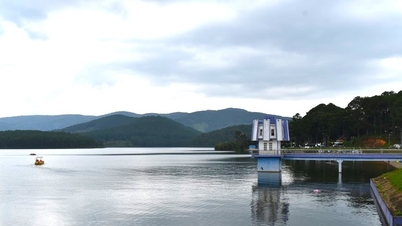









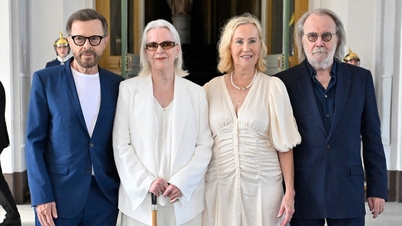

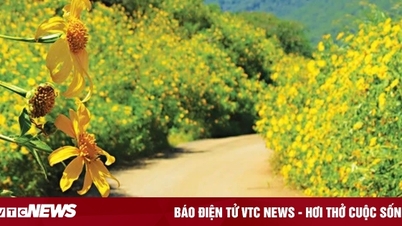



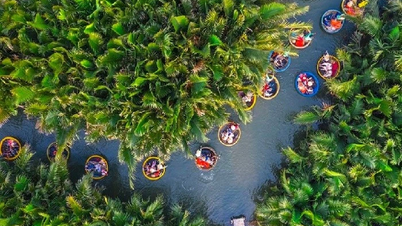

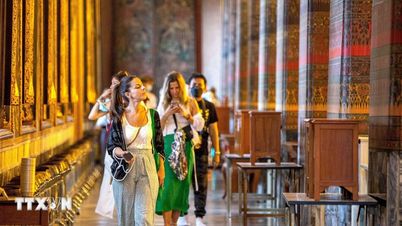
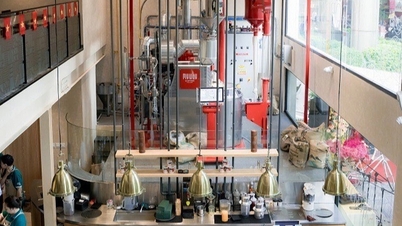

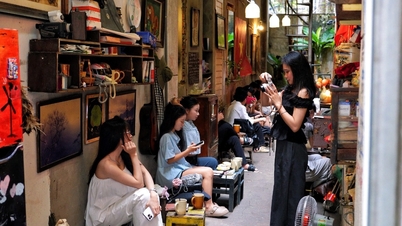




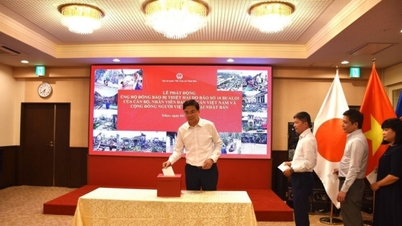
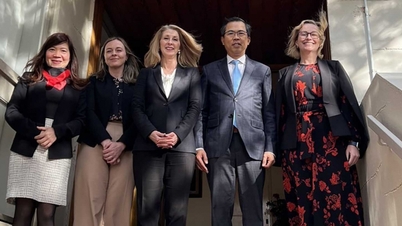
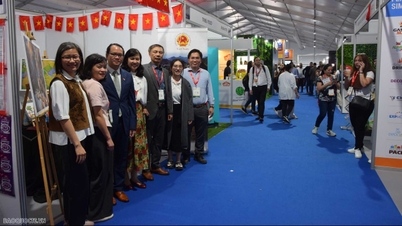

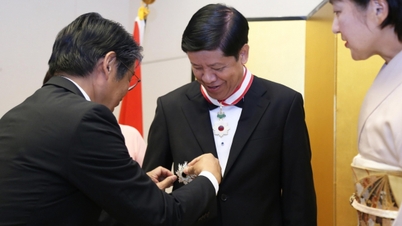

![[Photo] Students of Binh Minh Primary School enjoy the full moon festival, receiving the joys of childhood](https://vphoto.vietnam.vn/thumb/1200x675/vietnam/resource/IMAGE/2025/10/3/8cf8abef22fe4471be400a818912cb85)
![[Infographic] Notable numbers after 3 months of "reorganizing the country"](https://vphoto.vietnam.vn/thumb/1200x675/vietnam/resource/IMAGE/2025/10/4/ce8bb72c722348e09e942d04f0dd9729)










































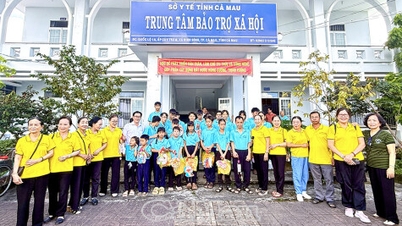

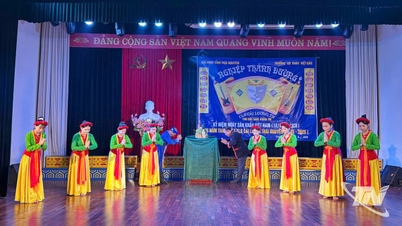

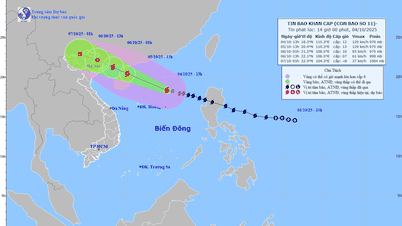

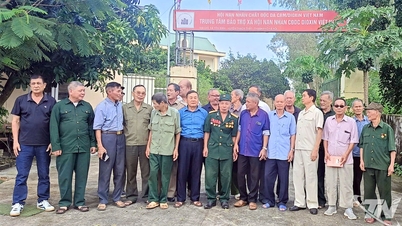






Comment (0)